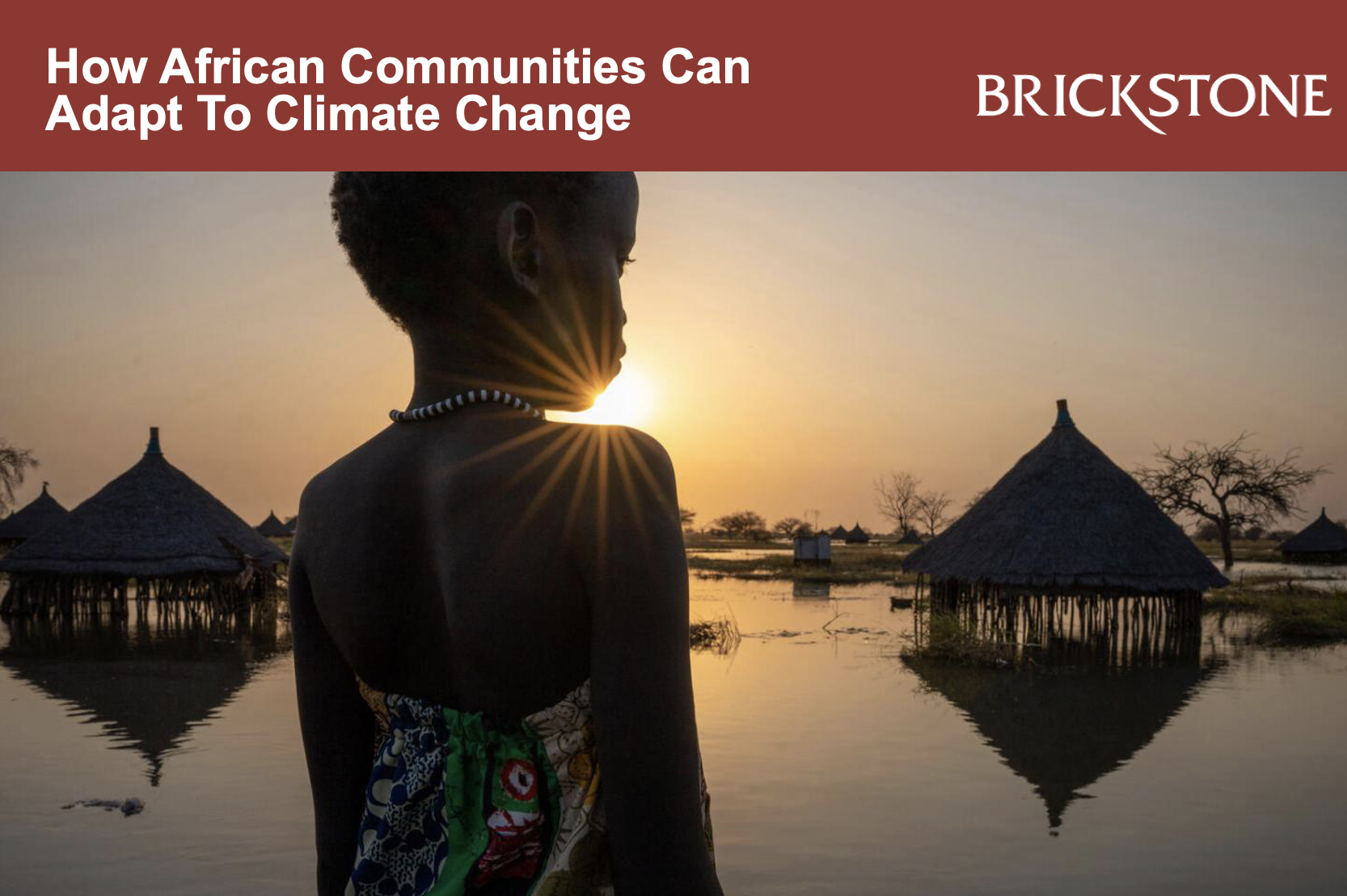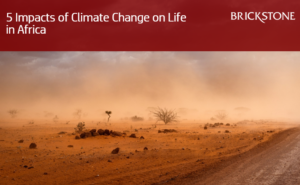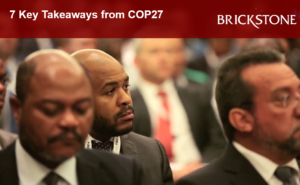How African Communities Can Adapt To Climate Change
Interest in the global response to climate change tends to focus on reducing greenhouse gas emissions to minimise the rise in average global temperatures. Until recently, however, far less attention has been paid to adaptation, which is the other main strand of the international community’s efforts to tackle the impacts of a warming climate. According to African Business, the two processes are closely linked, as minimising temperature rises will reduce the amount of adaptation that is required, but there is little doubt that the latter is central to the survival of African communities in the growing climate emergency.
This article by Brickstone Africa reviews African Business’ publication on helping African communities adapt to climate change.
African Communities: Adapting to Climate Change & its Impacts
Adaptation seeks to reduce risk and vulnerability to climate change, strengthen resilience, enhance well-being and the capacity to anticipate, and respond successfully to change. It can range from cities improving their drainage to cope with flooding, to mountainous areas reducing the possibility of landslides, including through comprehensive tree planting programmes and ensuring that water can flow more easily.
Despite Africa’s low contribution to global greenhouse gas emissions, at just 3.8%, it remains the most vulnerable continent to climate change adverse impacts. This includes the exposure to exponential collateral damage, posing risks to its economies, infrastructure investments, water and food systems, public health, agriculture, and livelihoods.
However, it is also important to make the most of any possible opportunities that may emerge from climate change, such as promoting the cultivation of different crops where this becomes possible because of rising temperatures.
While press coverage of adaptation has been fairly limited in the past, the process has received some attention from the international community. UN Sustainable Development Goal (SDG) 13 on climate action aims to “strengthen resilience and adaptive capacity to climate-related hazards and natural disasters in all countries”, while the theme of climate adaptation is included in many of the other SDGs.
Moreover, one of the 2015 Paris Agreement’s goals was to “enhance adaptive capacity and resilience; to reduce vulnerability, with a view to contributing to sustainable development; and ensuring an adequate adaptation response in the context of the goal of holding average global warming well below 2°C and pursuing efforts to hold it below 1.5°C”.
At the United Nations Climate Change Conference Cop26 in Glasgow in 2021, the world agreed to work towards defining a global goal on adaptation to identify collective needs and solutions to the climate crisis.
Climate Change Adaptation Comes to the Fore at Cop27
However, it was at Cop27 in Sharm el-Sheikh in November 2022 that the issue really came to the fore. After much debate, the summit finally concluded with an agreement to create a specific “loss and damage” fund for vulnerable countries most affected by climate disasters. It was the first time that wealthier nations had agreed to set up a fund to assist developing states with financing to cope with the damage and economic losses inflicted by ongoing climate change.
While the COP takes place in the context of a global ‘polycrisis,’ climate action and cooperation can provide effective ways forward on food, energy, nature, and security, and a vital nexus of international dialogue and cooperation on these issues.
The UN Climate Change Executive Secretary, Simon Stiell, said of the agreement: “We have determined a way forward on a decades-long conversation on funding for loss and damage – deliberating over how we address the impacts on communities whose lives and livelihoods have been ruined by the very worst impacts of climate change.”
It was agreed that a transitional committee would be established to make recommendations on the funding arrangements, with the fund itself ready by Cop28. Resilience for people living in the most climate-vulnerable communities is to be enhanced by 2030, while the UN Climate Change’s Standing Committee on Finance is to prepare a report on doubling adaptation finance.
However, a total of just $230m in new commitments to the Adaptation Fund were made at Sharm el-Sheikh, so the real test will be how much funding is actually provided and how quickly it is mobilised.
Read more here.







